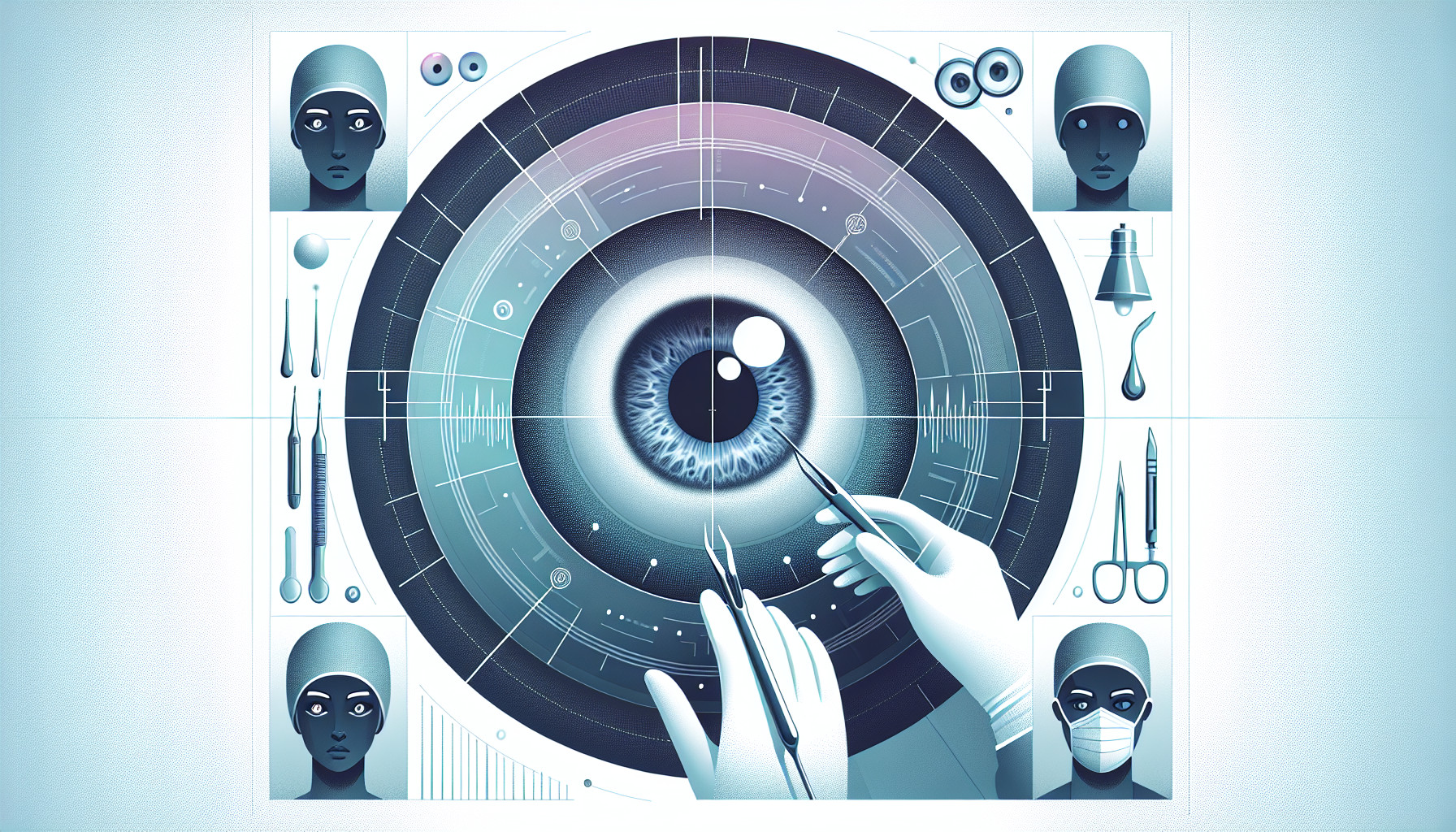Our Summary
This research paper discusses a study where scientists were able to restore vision in rats with damaged eyes by using a tiny, biodegradable sheet that supports retinal cells and can be implanted into the eye with minimal invasion. In diseases like age-related macular degeneration, retinal cells in the eye get damaged without any way of healing. In the past, trying to transplant cells into the eye to fix this damage was risky and often didn’t work.
However, in this study, the researchers used a tiny sheet made from polycaprolactone (PCL) and collagen to carry retinal pigment epithelial cells into the eye. This sheet was so small and thin that it could be injected into the eye using a tiny needle, making the procedure much less invasive.
Tests showed that these sheets were safe to use and strong enough to survive the procedure. They were also able to successfully implant these cell-loaded sheets into rats with damaged eyes, and found that the sheets didn’t cause any immune reaction.
In summary, this study has shown that these PCL/collagen sheets could be a promising new way to treat diseases of the retina.
FAQs
- What materials were used to create the tiny sheet for retinal cell transplantation?
- How does this new method of retinal surgery differ from traditional methods?
- Were the PCL/collagen sheets successful in restoring vision in rats with eye damage?
Doctor’s Tip
A helpful tip a doctor might tell a patient about retinal surgery is to ask about the possibility of using biodegradable sheets to support retinal cells during the procedure. These sheets have shown promising results in restoring vision in animal studies and could potentially improve the success and safety of retinal surgeries in the future. It’s important to stay informed about new advancements in retinal surgery and discuss all available options with your doctor.
Suitable For
Patients who may benefit from retinal surgery include those with age-related macular degeneration, retinitis pigmentosa, diabetic retinopathy, retinal detachment, macular holes, and other retinal disorders. Additionally, patients who have experienced trauma to the eye or have a genetic predisposition to retinal diseases may also be recommended for retinal surgery. Overall, individuals with significant vision loss or impairment due to retinal issues may be candidates for retinal surgery to help restore or improve their vision.
Timeline
Timeline before and after retinal surgery:
Before surgery:
- Patient is diagnosed with a retinal disease such as age-related macular degeneration.
- Patient undergoes various tests and evaluations to determine the extent of retinal damage and the best course of treatment.
- Surgeon discusses the option of retinal surgery with the patient and explains the procedure, risks, and potential benefits.
- Patient prepares for surgery by following any pre-operative instructions given by the healthcare team.
After surgery:
- Patient undergoes retinal surgery using the PCL/collagen sheets to carry retinal pigment epithelial cells into the eye.
- Patient is monitored closely post-surgery for any complications or side effects.
- Patient may experience some discomfort, redness, or blurred vision immediately after surgery.
- Over time, the retinal cells on the implanted sheets begin to integrate and restore vision in the damaged eye.
- Patient follows up with the healthcare team for regular check-ups and monitoring of progress.
- Patient may notice improvements in vision and quality of life as the retinal cells continue to heal and regenerate.
Overall, the use of PCL/collagen sheets in retinal surgery offers a promising new treatment option for patients with retinal diseases, potentially leading to improved vision and quality of life.
What to Ask Your Doctor
- How does retinal surgery work and what are the potential risks and benefits?
- What specific condition or damage in my eye is the surgery aiming to treat?
- What are the success rates of this type of surgery for my particular condition?
- Are there any alternative treatments or procedures that I should consider?
- What is the recovery process like after retinal surgery?
- Will I need to follow any specific post-operative care instructions?
- What are the potential long-term effects or complications of retinal surgery?
- How soon after the surgery will I start to see improvement in my vision?
- Are there any lifestyle changes I should make to improve the outcome of the surgery?
- How often will I need follow-up appointments after the surgery?
Reference
Authors: Yamashita K, Ostrovidov S, Raut B, Hori T, Nashimoto Y, Nagai N, Abe T, Kaji H. Journal: Cell Transplant. 2023 Jan-Dec;32:9636897231165117. doi: 10.1177/09636897231165117. PMID: 37039377
